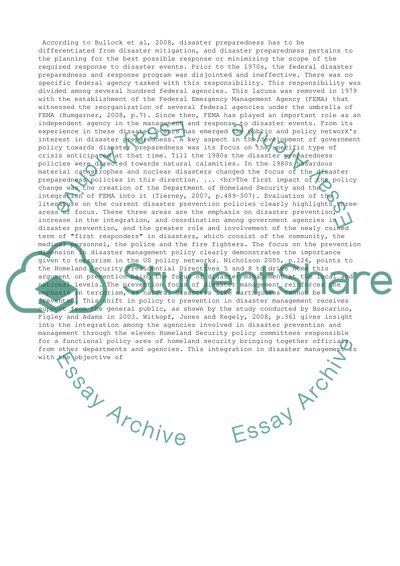Cite this document
(“Disaster Management: An evaluation of the desaster preparedness of Research Paper”, n.d.)
Retrieved from https://studentshare.org/management/1393708-research-proposal
Retrieved from https://studentshare.org/management/1393708-research-proposal
(Disaster Management: An Evaluation of the Desaster Preparedness of Research Paper)
https://studentshare.org/management/1393708-research-proposal.
https://studentshare.org/management/1393708-research-proposal.
“Disaster Management: An Evaluation of the Desaster Preparedness of Research Paper”, n.d. https://studentshare.org/management/1393708-research-proposal.


